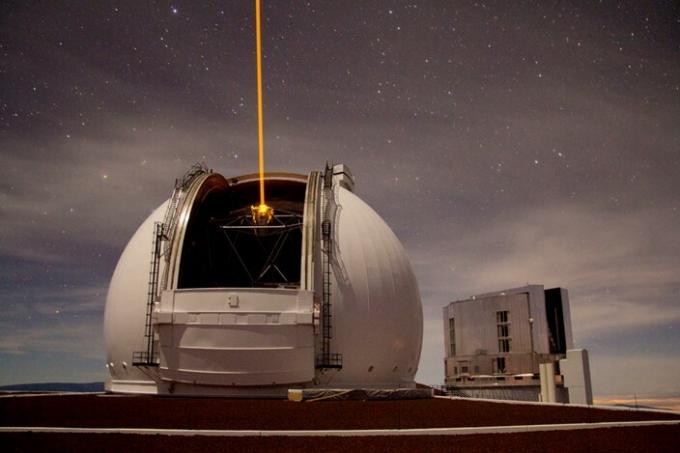astronomers from Institute of Astronomy at the University of Hawaii discovered a planet three times the size of Jupiter. Located in the constellation Lyra, 1,200 light years away from here, Kepler-88D it takes four years to complete one orbit around the star system of which it is a part (Kepler-88).
With an elliptical orbit, it had already attracted the attention of scientists in 2013, when they discovered the presence of two exoplanets with somewhat exotic behavior.
see more
‘Atlânticas’ program takes black, indigenous and quilombola women to…
Confirmed: Samsung really is producing foldable screens for…
Both namesakes of the system, are differentiated by the letters B and C in their names, with planet B being a category of sub-Neptune, orbiting the star in just 11 days. Planet C, on the other hand, has an orbital period of 22 days and a mass similar to that of Jupiter, until then considered the largest in the planet. Solar system.
The researchers have been collecting data at the W.M. Keck six years ago to support the discovery. The achievement could lead to new clues about the role of giant planets in the formation of other planets, as was the case with Jupiter in our Solar System.
The theory is that they, massive and with enormous gravitational force, have contributed to the development of rocky planets, like Earth, by directing comets that carried water to the planet.
Kepler-88 C has the mass of Jupiter and is twenty times larger than Kepler-88 B, a gaseous planet. With its size and gravitational pull, Kepler-88 C influences the orbit of Kepler-88 B, slightly smaller than Neptune. The influence dynamics between these two planets is called resonance.
As such, it may end its orbit twelve hours sooner or later. This feature is called transit time variations (VTTs) and was observed by the Kepler space telescope, which closed in 2018.
With the discovery of a planet like Kepler-88 D, astronomers have to deal with one more variable to understand how the Kepler-88 planetary system works.
"It is likely that Kepler-88 D has been more influential in the history of the Kepler-88 system than the so-called 'King,' Kepler-88 C, which has the mass of Jupiter," she explained to Dr. Lauren Weiss, leader of the group of researchers who made the discovery.
The discovery could be made thanks to the instrument called Echelle's spectrometer. With high resolution, it was responsible for analyzing the light scattering of the analyzed location in 2 stages, converting the results into a 2D pattern.

Each minimal variation in the emission of light can bring unprecedented information, such as the gravity exerted on it, allowing a closer look to find celestial bodies that might be responsible for the changes. That's where the spectrometer attached to the Keck I telescope made the difference.
Read more: